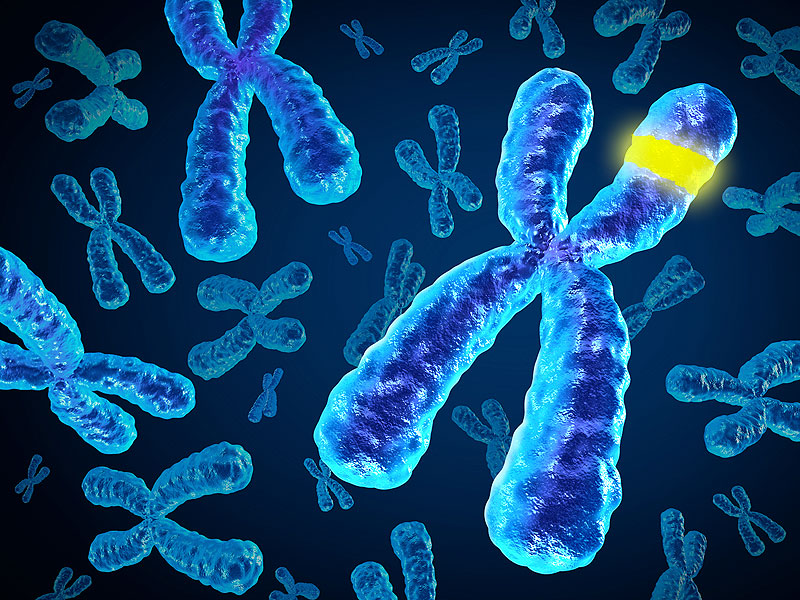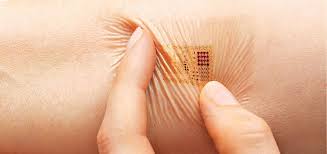Nano Biosensors Nano Boisensor Genome with direct and indirect antigen detection (PhD in Nano-Microelectronics)
Researcher and author: Dr. ( Afshin Rashid)
Important Note: Nanoelectronics is crucial in the construction of nano-biosensors (physiology and biology). Physiology is one of the most important branches of biology that studies the vital functions of living organisms, organs, tissues, cells and cell elements. To gain a deeper understanding of vital functions, an attempt is made to examine the properties and relationships between these functions and their changes in different environments or in different living conditions using the relationships of physics and mathematics.
Easy to use, often without the need for a specialist, low cost, high sensitivity and accuracy, high selectivity and specificity of operation, no need for advanced equipment and a lot of time and money to detect analytes in small centers and centers with low facilities and even at home It is also used. Biological elements are the main selection factor in biosensors, which are mainly divided into four groups, which are as follows :
1. Antibodies
2. Enzyme
3. Amino acids
4. Cellular structures / cells
Biosensors are divided into two main groups based on how analytes are detected:
1. Biosensors based on direct detection of antigen: where the reactant reacts with the analyte directly detected by the sensor. The biological elements used in this group are cellular receptors and antibodies.
2. Biosensors based on indirect detection of antigen: Receptor reaction with analyte is indirectly detected by the sensor. The biological elements used in this group are labeled compounds, such as labeled antibodies, or compounds with catalytic properties, such as enzymes .
Methods of stabilization of biological components:
In order to build a stable biosensor, a biological component must be attached to the transducers in a special way, a process called stabilization. For this purpose, five methods are presented as follows:
1.Surface absorption
2. Folder folder
3. Enclosure
4. Cross-linking
5. .Covalent bond
Fabrication of biosensors in the human body and other living organisms for specific cellular-environmental measurements
A biosensor is defined as a measurement system that includes a probe with a biologically sensitive substance or biological receptor, a physics and chemistry detector, and a transducer.
Biosensors are becoming the most widely used nanoelectronics tool for the physical-environmental environment, as biosensors are easy, fast, inexpensive, very sensitive, and highly selective in advancing next-generation drugs such as personal medications and ultra-careful point detection. کردن. Disease markers in conventional biosensors and biosensing measurement techniques and highlighting recent advances are important sensors such as SPR-based biosensors, FET-based biosensors and AuNPs-based biosensors from the perspective of intelligent biotechnologies .
(Conclusion) In the process of reproduction and growth of biosensors
Electrochemical biosensors The most extensive biosensors (bio-sensors) under study; They are made and reproduced because they have the advantages of low detection limit, specificity, simplicity in construction and ease of use.Action. Due to recent advances in electronic devices , these biosensors can be used as laboratory devices on a chip for in vivo monitoring or as a handheld device for on-site monitoring.
Researcher and author: Dr. ( Afshin Rashid)
PhD in Nano-Microelectronics





